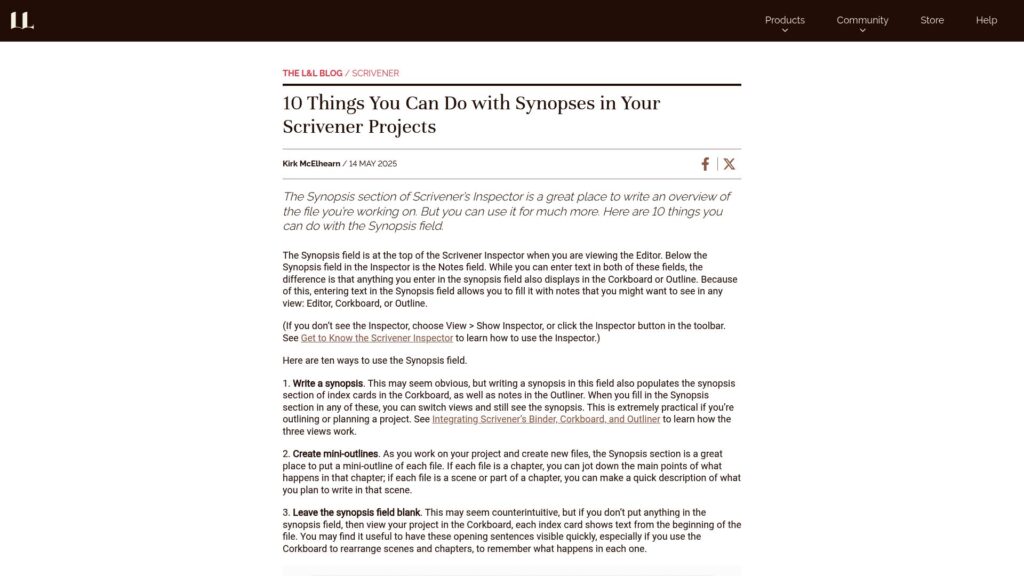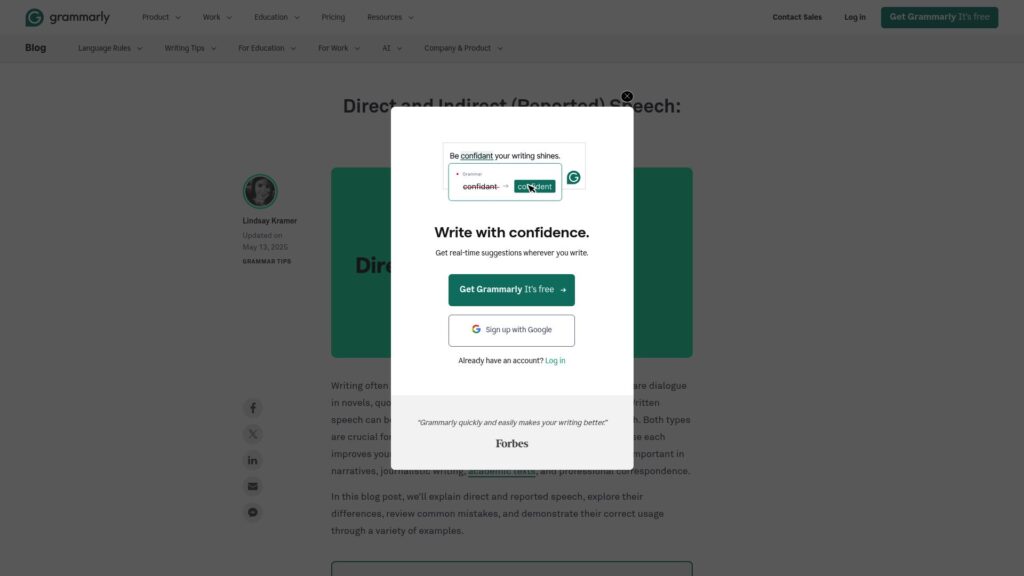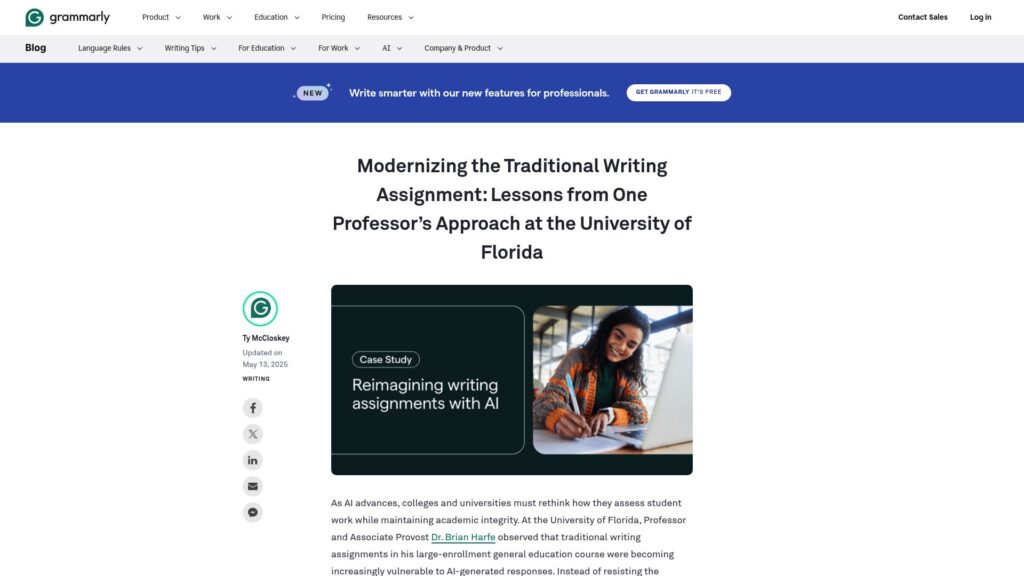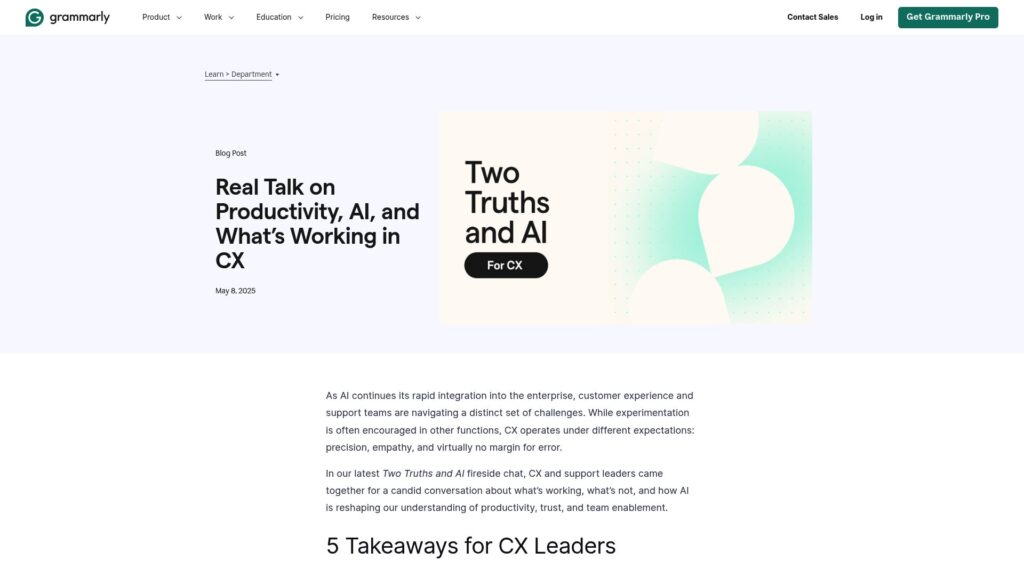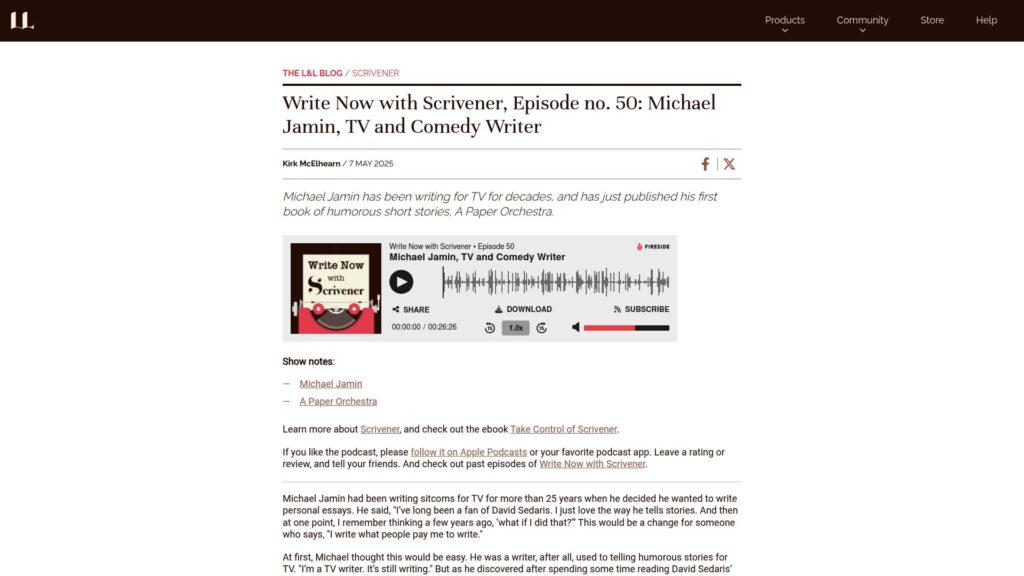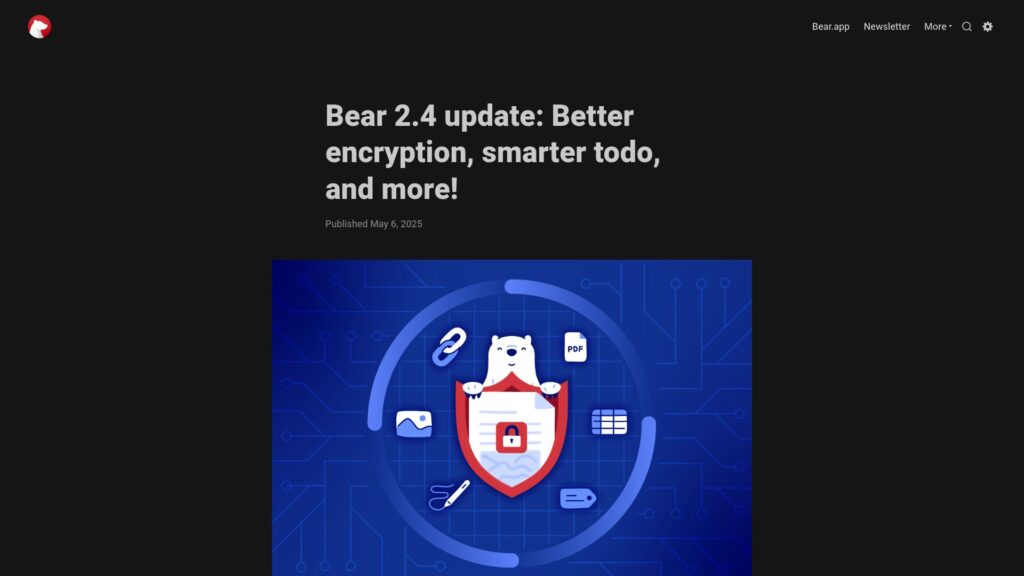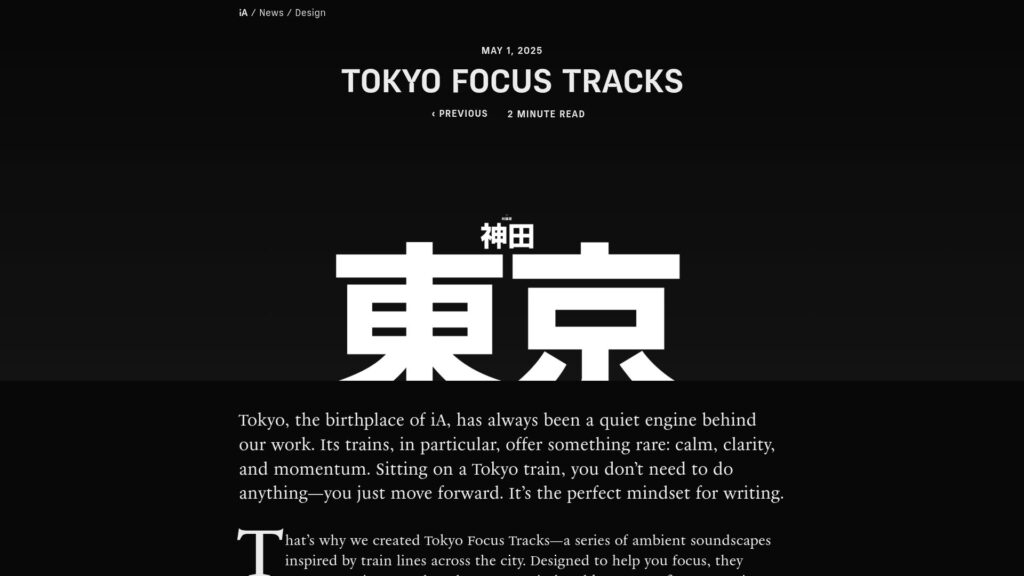10 Things You Can Do With Synopses in Your Scrivener Projects
Scrivener's Synopsis field is versatile for organizing project overviews. It displays in multiple views (Editor, Corkboard, Outliner) and can be used for writing synopses, creating mini-outlines, leaving it blank for file previews, revising auto-generated texts, adding images, noting key moments, compiling project outlines, and managing non-fiction projects. Updating synopses during writing helps maintain an overview, aiding navigation across files. This feature enhances project management from planning to revisions.

